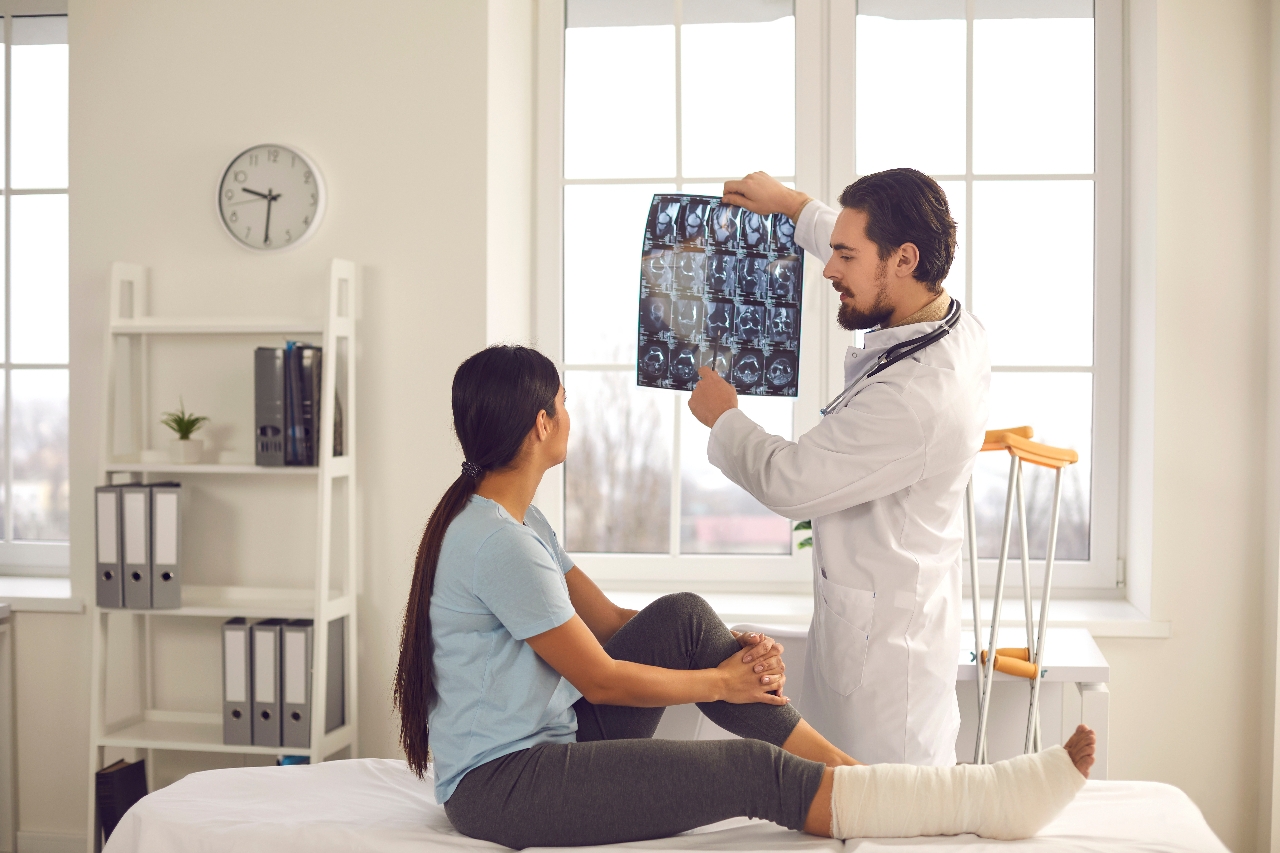A traumatic injury is any type of physical damage caused by an external force, such as a auto injury or a fall. Traumatic injuries can range from mild to severe, depending on the nature of the incident and how hard the body was impacted by the force. Treatment for traumatic injuries can vary, but it is important to understand what type of injury you may be suffering from in order to properly care for it. Let’s take a closer look at some common types of traumatic injuries and how they should be treated.
Sprains and Strains
Sprains are injuries to ligaments, which are tough bands of tissue that connect bones together. Strains are injuries to muscles or tendons, which are cords of tissue that connect muscle to bone. Both sprains and strains can occur due to sudden motions, such as when playing sports or lifting heavy items. Traumatic injury symptoms include pain, swelling, stiffness, bruising, and difficulty moving the affected area. Treatment typically involves rest, ice packs for swelling reduction, compression bandages or wraps for support, elevation of the injured area above heart level if possible, and over-the-counter pain medications like ibuprofen or acetaminophen.
Fractures
A fracture is a break in one or more bones caused by excessive force or pressure on them. It can occur due to falls from heights or motor vehicle accidents (MVAs). Symptoms include intense pain when the area is touched; visible deformity; swelling; tenderness; inability to move; abnormal positioning of fingers/toes; tingling/numbness in fingers/toes; and bruising around the injured area.
Treatment includes immobilization with casts/splints; anti-inflammatory medications like ibuprofen; physical therapy exercises if necessary; surgery if needed; and follow-up appointments with an orthopedic doctor for further evaluation and care.
Dislocations
A dislocation occurs when two bones are forced out of alignment due to an external force such as a car accident or sports activity. Symptoms include intense pain at the joint site when touched; visible deformity at the joint site; swelling around the joint site; limited range of motion at the joint site (inability to move); tingling/numbness in fingers/toes around joint site (if applicable); bruising around joint site (if applicable); tenderness at joint site when touched; and discoloration at joint site (if applicable).
Treatment includes immobilization with splints/casts if necessary; icing immediately after dislocation until medical help arrives if possible; anti-inflammatory medications like ibuprofen/acetaminophen for pain relief ; physical therapy exercises as prescribed by your doctor after healing period has finished ; follow-up appointments with an orthopedic specialist for further evaluation & care .
Conclusion:
Traumatic injuries can have lasting effects on your body’s normal functioning abilities if not treated properly in time. If you have suffered from any kind of trauma due to a car accident or other external force, it is important that you seek medical attention right away so that you can ensure proper treatment and healing process starts immediately afterwards. Your orthopedic urgent care center is best suited for helping you get back on your feet quickly and safely following any kind of trauma injury!








